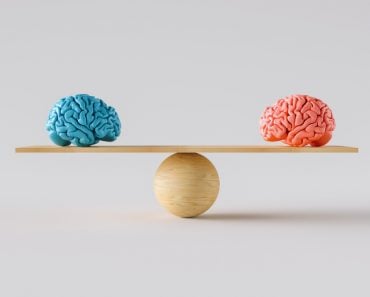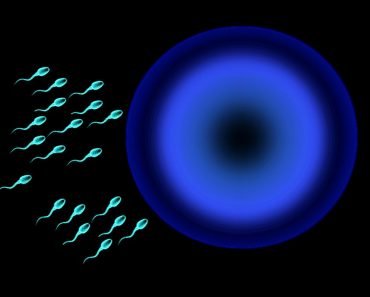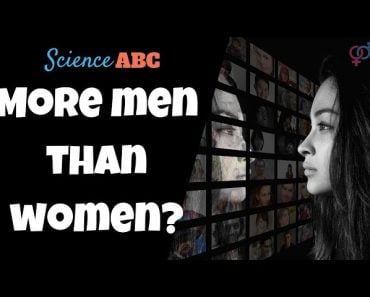Table of Contents (click to expand)
Sex refers to biological characteristics, such as organs and chromosomes, while gender encompasses societal roles and expectations.
Sex and gender are terms that are often used interchangeably in everyday conversation, but they carry distinct meanings with significant implications in various aspects of society, law, politics, and culture. The distinction between sex and gender is not merely an academic or semantic exercise; it holds profound significance in understanding human identity, societal dynamics, and the pursuit of social justice.
This is even more significant in the lives of people who do not conform to the traditional perceptions of sex and gender, such as trans or intersex individuals, whose experiences are almost always defined by this distinction.
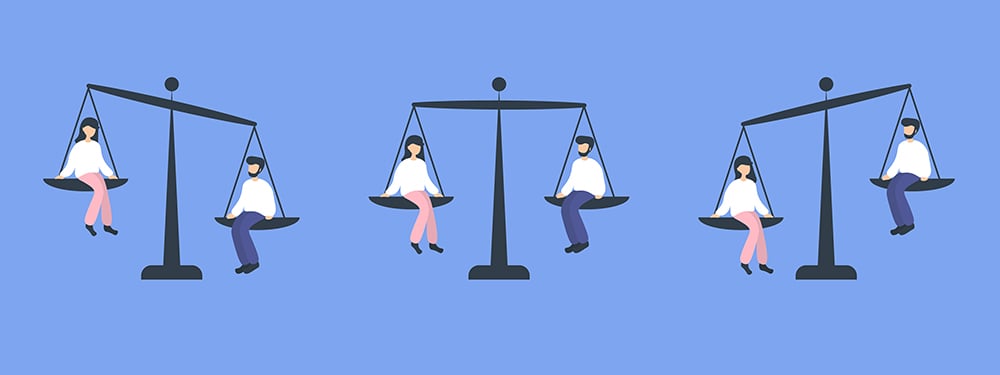
Recommended Video for you:
What Is Sex?
Sex is commonly understood as the binary male and female categories based on biological characteristics. These characteristics include reproductive organs, chromosomes, and secondary sexual characteristics, such as body hair and voice pitch. Historically, sex has been perceived as straightforward, determined by observable physical attributes. It remains similar across societies and time, grounded in anatomical and physiological differences between males and females.
Biologically, males possess XY chromosomes and reproductive organs, such as testes, while females typically have XX chromosomes and reproductive organs, such as ovaries. However, variations and intersex conditions exist, challenging the simplistic binary view of sex. Intersex individuals may possess combinations of male and female biological features, highlighting how complex and diverse human biology can be.
What Is Gender?
Gender is a multifaceted construct influenced by social, psychological, and cultural factors. It encompasses the roles, behaviors, and expectations imposed by societies and their norms. Unlike biological sex, which is determined by genetics, gender is socially constructed and can vary across different cultures and historical periods. Gender incorporates roles, behaviors, expressions, and identities associated with masculinity, femininity, and non-binary identities.

The norms of gender often impact individuals, who internalize societal expectations through processes of socialization. From a young age, individuals are conditioned using messages and model behaviors that prescribe certain roles based on their perceived gender. These gender norms are ingrained through various social institutions, including family, education, media, and religion, shaping individuals’ beliefs, attitudes, and thought processes.
For example, girls are often encouraged to be nurturing, passive, and emotionally expressive, while boys are taught to be assertive, competitive and strong. This often has structural consequences that favor one gender over the other.
Historically, patriarchal societies have prioritized masculine traits and values, giving women subordinate roles and limiting their access to resources, opportunities, and decision-making power. This privileging of masculinity contributes to the perpetuation of gender-based inequalities, where women and gender minorities face discrimination and violence.

Moreover, this rigid structure of binary gender excludes and marginalizes individuals whose experiences fall outside these dual conceptions of masculinity and femininity. Transgender and non-binary individuals, for instance, often face heightened stigma and discrimination due to their gender identity, making them vulnerable in terms of access to social, economic, and health benefits.
Dimensions Of Gender
Gender identity represents an individual’s own deeply held sense of being male, female, or another gender, which can change over one’s lifetime. Gender expression, another dimension of gender, encompasses how individuals outwardly manifest their gender identity in their interactions with others through clothing, behavior, and interactions. It intersects with race, class, and other identity markers, shaping individuals’ experiences of acceptance or marginalization within society.
This is again different from sexual orientation, which refers to individuals’ romantic, emotional, and sexual attractions to others. It encompasses a spectrum of identities beyond the binary categories of heterosexual and homosexual, including bisexual, pansexual, and asexual orientations. The way the norms of a society construe love and relationships often privileges heterosexuality over others.
The Disjunct Between Sex And Gender
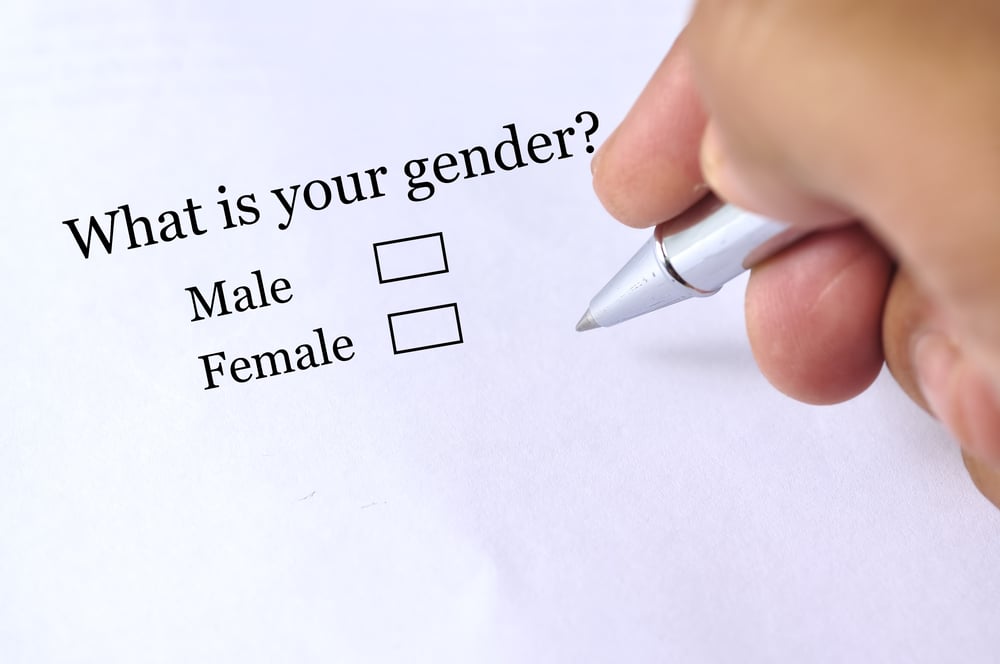
In a doctor’s office, a routine medical form prompts patients to select their gender (although male and female are a sexual binary!) from two checkboxes: male or female.
For most, this choice seems straightforward, aligning with their biological sex assigned at birth. However, for some individuals, this simple binary fails to capture the complexity of their gender identity.
Consider a transgender man, born with female reproductive organs, but identifying as male. For him, the checkboxes present a dilemma—should he choose the gender that aligns with his identity or the one assigned to him based on his anatomy?
Transgender individuals, like the man in the example above, challenge the usual notions of sex and gender. For transgender individuals, their gender identity—the deeply held sense of being male, female, or another gender—may not align with their assigned sex at birth. Instead, they may identify as a gender different from the one typically associated with their biological anatomy.

This misalignment between sex and gender shows the distinction between the two concepts. While sex is often viewed as fixed and immutable, determined by biological factors, gender is fluid and influenced by social, psychological, and cultural factors.
Transgender individuals may undergo a process of gender transition, which may include social, legal, and medical steps to align their external presentation with their gender identity. This process can involve changes in name, pronouns, clothing, and sometimes hormone therapy or surgical interventions.
Thus, the gender binary—the classification of individuals into strictly male or female categories—fails to account for the diversity of gender identities and expressions present in society. Non-binary, genderqueer, and agender individuals, among others, challenge traditional conceptions of gender, creating spaces for the recognition and acceptance of a spectrum of gender identities.
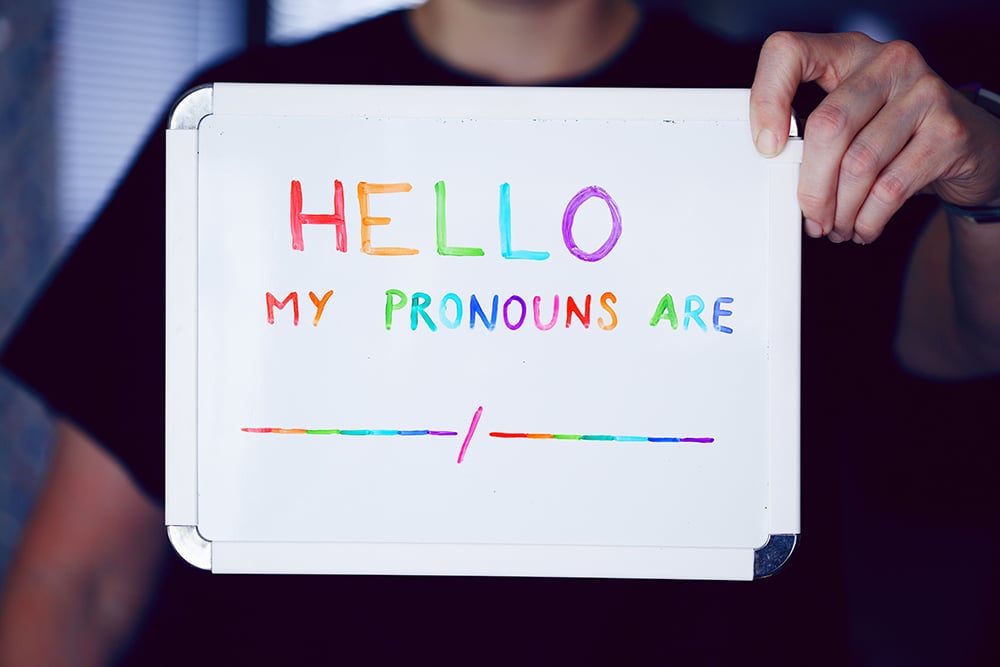
Conclusion
The distinction between sex and gender is fundamental to understanding the complex interplay of biology, society and identity, and seeing how they come together to influence human lives. Recognizing the diversity of gender experiences and expressions is crucial for promoting inclusivity, equity, and social justice, challenging stereotypes, dismantling oppressive systems, and fostering inclusivity for all individuals, regardless of their sex or gender identity.
References (click to expand)
- Prince, V. (2005, December 19). Sex vs. Gender. International Journal of Transgenderism. Informa UK Limited.
- Rethinking sex and gender.
- Torgrimson, B. N., & Minson, C. T. (2005, September). Sex and gender: what is the difference?. Journal of Applied Physiology. American Physiological Society.
- Marini, M. M. (1990, March). Sex and gender: What do we know?. Sociological Forum. Springer Science and Business Media LLC.


